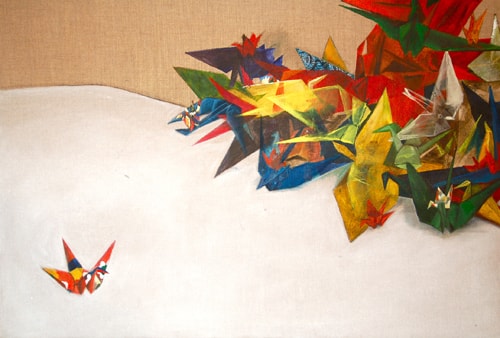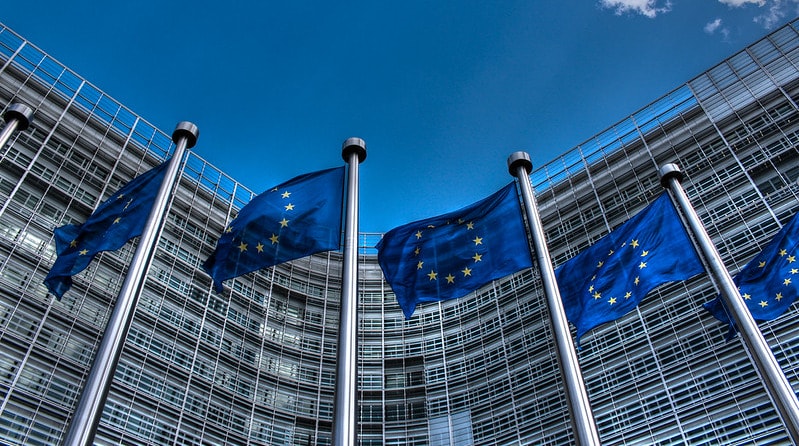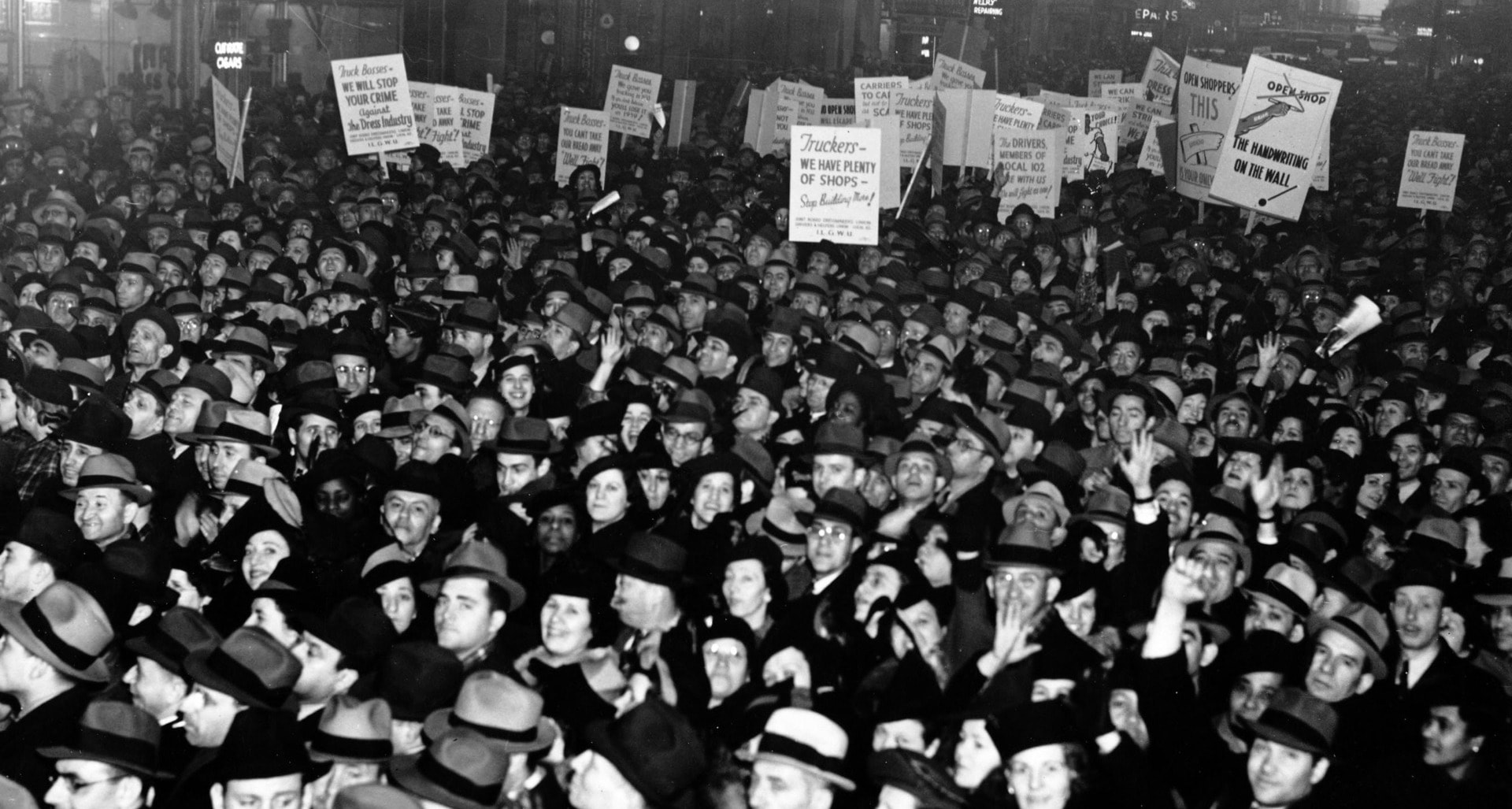What is originality anymore?
Originality is a tricky concept. Somehow it’s essential to be taken seriously as an artist, but more art and music are being produced at a faster rate than ever before, and it’s speeding up every day. At the same time, some of our most revered artists, lauded for their vision and originality, were also masters of the cover version, the remix, and artistic borrowing. David Bowie himself declared, “The only art I’ll study is art I can steal from.” Given a finite range of colours, shapes, and notes in the scale, how is anyone supposed to produce anything new any more?
The topic seems to capture the contemporary imagination; numerous high-profile explorations of the idea have made bestseller lists and racked up countless YouTube views in the past few years. With the advent of tech combining social media and creative work — Soundcloud, Pinterest, Instagram — it has become easier than ever to create and publish artistic work. Correspondingly, questions over originality and artistic value are getting murkier by the day yet more pertinent than ever.
The filmmaker Kirby Ferguson delves deep into this topic in his excellent series “Everything is a Remix,” tracing the origins of well-known art to show how it evolved from previous work, rather than simply appearing from nothing:
https://vimeo.com/139094998
Artist Austin Kleon’s book Steal like an Artist made bestseller lists, clearly capturing something in the imagination of his readers in this juxtaposition of originality and art. The book attempts to map out the boundary between theft and inspiration. He points towards the idea of the mind and an appetite for art as creating a pool of inspiration from which to draw upon, positing that without the input of artistic consumption — visiting galleries, reading, listening to music — there can be no artistic output, that artists don’t exist in a vacuum.
Opposing the idea that ‘valid’ creative work must be completely original, as if it must borrow nothing from the world but be born whole and new from the creative genius’ ethereal mind, Kleon argues that nothing can be created without influence or context — without input from the outside. He offers a new view of the creative process and a guide to navigating this border between rip-off and remix; inspiration and imitation.
Can art be original if it was essentially ‘downloaded’ from some outside source, whether earthly or divine?
Elizabeth Gilbert, author of the wildly successful Eat, Pray, Love, gave a TED talk exploring her own fears in beginning to write again after that book’s success and the terror of feeling the need to meet the world’s new expectations. She outlines how notions of creativity have changed over time, from the classical Muse or genius, bringing inspiration from some transcendent source to the artist who channels it.
Either theory poses problems. If consuming creative work is essential to creating it and creative work is dependent on other artistic work consumed, can anything original ever be created? And if the creator is only a conduit for higher sources of inspiration, just needed to do the legwork involved in making an idea reality, why should art or the artist matter? Can art be original if it was essentially ‘downloaded’ from some outside source, whether earthly or divine?
Related article: “THE CHALLENGES OF A NEW ART COLLECTION”
Can I steal from myself?
Beethoven constantly borrowed from his own work. The famous four notes opening his Fifth Symphony can be heard all over his other works if you look out for them. Handel often used similar cadences in his operas. Minimalist composers like Steve Reich and Philip Glass almost made a point of using as little material as possible, repeating the same tiny loops of notes for sometimes hours on end. Satie wrote a piano piece, Vexations, which consisted of one page of music repeated precisely 840 times. Where is the line between having your own personal style — certain motifs, keys, gestures, which are characteristic of your work and the things you want to express through it — and lazy recycling of your own material or even self-plagiarism? And if greats like Beethoven, Handel, and Philip Glass did it, surely it’s artistically valid to borrow from your own work? Are there not infinite possible permutations of even the shortest, simplest motif — like the ‘da-da-da-dumm’ opening the Fifth Symphony?
Much of Western music up to the 19th century was tightly constricted by rules of harmony, progression, and counterpoint. The emphasis across the arts, not only in music, was perhaps more on emulating the example set by earlier masters rather than on originality, which also varies in importance in other musical traditions. Only from the Romantic era on did the personality become entwined with a person’s work, and departure from the norm, unexpected thrills — wild and praiseworthy originality as we might see it — valued rather than condemned. Mozart seems to bridge the two; he had an original sound and set daring texts to music but also was an absolute master of his craft and truly elevated the musical tradition. Suddenly, from the late eighteenth century on, much art was also judged on the basis of its originality and its dramatic reflection of the auteur as an enigmatic, tortured creative genius: Chopin’s life as a high-society exile; Toulouse-Lautrec’s absinthe-fuelled portraiture; even later, rock and roll legends like Jim Morrison’s drug-fuelled escapades and tragically early death.
Catch me if you can
Some artworks are hard for notions of originality and copyright to pin down. John Cage’s 4’33”, for instance, is a piece of music which consists of four minutes and thirty-three seconds of silence, divided into three movements. It can be performed by any ensemble and aims to call attention to the sounds normally ignored and minimized in a performance setting — the sounds of the audience breathing, shifting in their seats, the hum of plumbing and electricity inside a building — by presenting the expectant audience with a gap where the music should be. It’s possible to buy the sheet music for the piece, and Cage has successfully sued someone for plagiarism — but copyrighting silence seems like the final victory of legislation over our environment; invasive somehow.
For more articles on creativity and innovation, visit #CreativeOriginality
What’s the difference between homage and theft?
Similarly, Andy Warhol capitalized on reproduction in his art, selling prints depicting Campbell’s Cream of Tomato Soup. Part of the point was to blur the line between art and commodity. Now, though, any artist who wanted to do the same — for instance, make their own mass reproductions of the same soup can label — would be liable to be sued for breach of Warhol’s copyright. Somehow the reproduction has become an original in its own right — if it is possible to accuse an emulator of plagiarism.

Photo Credit: Austin Kleon
Remixing clashes with the law
In the last couple of years there have been some high-profile court cases over breach of copyright, most famously over the notorious “Blurred Lines,” for which its writers were ordered to pay huge sums to Marvin Gaye’s estate for borrowing from its chord progressions. A case is also ongoing between a winner of The Voice America and Ed Sheeran for similarities between choruses in their respective songs.
Deeper than the occasional court case, though, is the tradition of sampling. Sampling is central to genres including Detroit techno, hip hop, rap, R&B, and beats, where slices of audio from other recordings are incorporated into new tracks. An entire culture of crate-digging has grown up around this, in a search for more and more eclectic and hard-to-find samples. While sampling (or stealing from) well-known contemporary music — released online as well as in physical formats, timestamped, overseen by large record companies — might sometimes be easy to track and control, the legal status gets ever more difficult to define with slices of audio taken from obscure vinyl recordings dating back decades. The importance of samples to the tracks produced with them is indisputable, bringing their rich, lavishly-recorded timbres, the soul of a whole other piece of music, the patina of age, and sometimes legendary musicians to a new track; the perfect sample can be incredibly elusive, and when it’s found it can make or break a track. The end artistic value of a work produced with samples, therefore, derives from the effort not only of the producers, musicians, and engineers who composed the track, located the right samples, played the instruments, but also the efforts and expertise of the musicians who worked on the original, sampled track — sometimes full symphonic orchestras, greats like Billie Holiday, or almost-forgotten jazz musicians from the Twenties. How original is the end product if part of its character is created by a preexisting work? More importantly for the lawyers, how much of its value derives from the sampled music? This form of recycling transfigures the original music into a new work of art in a new context, but much of the new piece’s value is contributed by the original music. It’s tricky to work out where the boundary is.
How original is the end product if part of its character is created by a preexisting work? More importantly for the lawyers, how much of its value derives from the sampled music?
Not far off is remixing, where a track is taken and reworked or reinterpreted by a different artist from the writer. More and more artists are deliberately releasing remix albums alongside their own albums; for instance, with The King of Limbs, Radiohead released TKOL RMX alongside their album, an album of remixes commissioned from other musicians; St. Vincent released a remix of the title track as part of the band’s eponymous album in 2014. Alongside his debut album, Drift, electronic artist Nosaj Thing released an album of other artists’ remixes of the album’s tracks. Sigur Rós recently broadcast a daylong TV stream of a journey around Iceland’s 1322km ring road set to a new track named “Óve∂ur,” fed through a music app named Bronze to create a generative, constantly-evolving arrangement of the track which could theoretically last forever. This way of taking one’s own material and reworking it, or giving it to another artist to rework, seems to signal a shift in the attitudes of artists to their own work — that a piece does not have to exist in a single set form but can be seen as more a source of material to be reworked and used to create new combinations — almost a relinquishing of the artist’s vice-like grip on their own work, setting it free.
So what do we do now?
Why is it we set so much store by the idea of originality? After all, it’s partly just a matter of time — the simple fact that someone did something, before anyone else (that we know of) did it. There is, of course, potential value in having an idea no one else has had, and to steal someone’s idea is no less theft than stealing an object. Sometimes, though, concepts are more a product of the zeitgeist, suffusing the atmosphere of an era (say, existential dread before World War II) and not attributable to any one person. In any case, often it’s not the people with the original idea who gain from it — Apple was not the first to market mp3 players but the first to make them so desirable; Yamaha became a behemoth making standard classical instruments but found success through reliable quality and reasonable prices. Alphonse Mucha was arguably the first pop artist, bringing highbrow art to mass advertising and merchandising with enormous success long before Roy Lichtenstein or Andy Warhol.
Especially in today’s globalized, hyper-connected, hyper-informed world, it’s impossible to know fully what ideas we’ve been exposed to, what music we’ve heard or art we’ve seen, let alone tell which influences are coming out when we make our own work — short of blatantly reproducing something already out there. The value and nature of originality itself depends hugely on the cultural context we’re operating in; it meant and means different things to a Baroque singer, a blues guitarist, and a gamelan player. Arguably originality derives from what we do with these influences and the unique world we each occupy, and the thoughts and attitudes we have and the way those come out in the work we make. The contemporary Western attitude seems to take originality for granted, assuming there is no other way — a work must be original to have value, and how could it be otherwise? In other traditions, though, including earlier periods in the West, originality really isn’t the point at all. The closer you get to the notion of originality the more diffuse and context-dependent it seems to become. Asking where it came from, though, is a lot more interesting and fruitful than bickering over the question of who got there first.
Originality is nothing but judicious imitation.
– Voltaire
Recommended reading: “AS DIGITAL MUSIC PROGRAMMING GROWS, SO DOES LACK OF ORIGINALITY“














